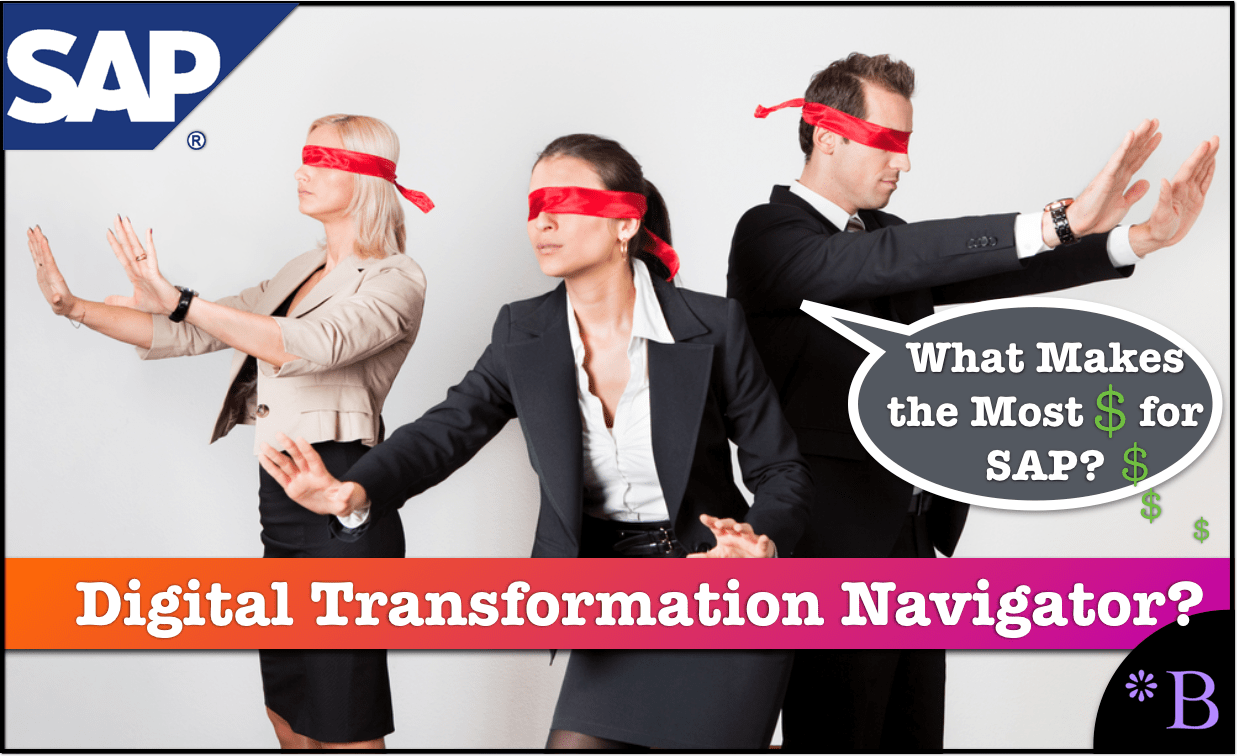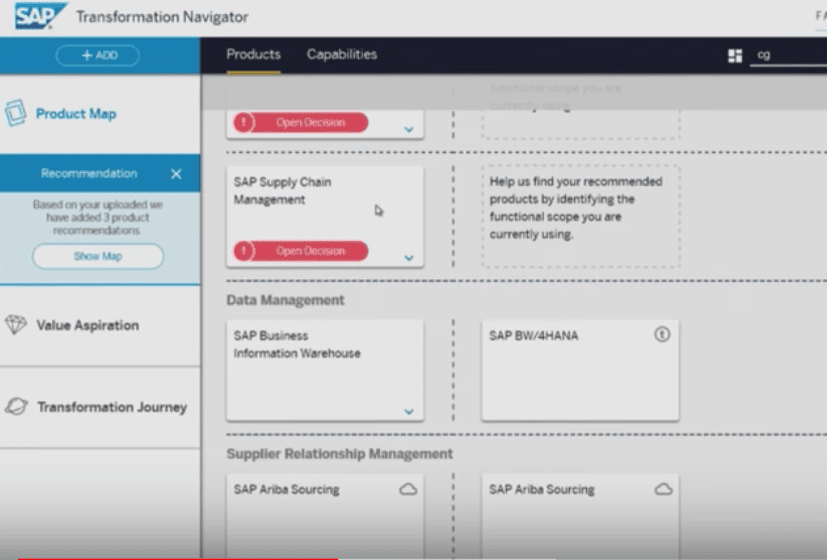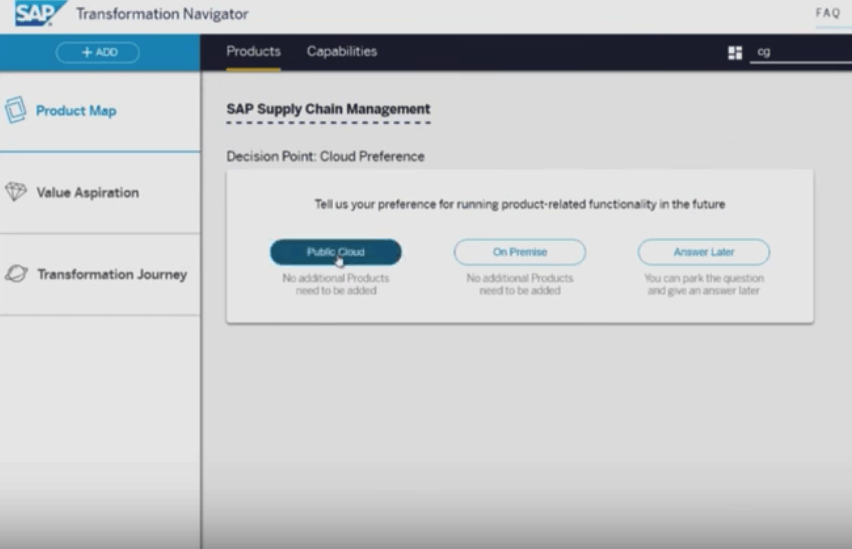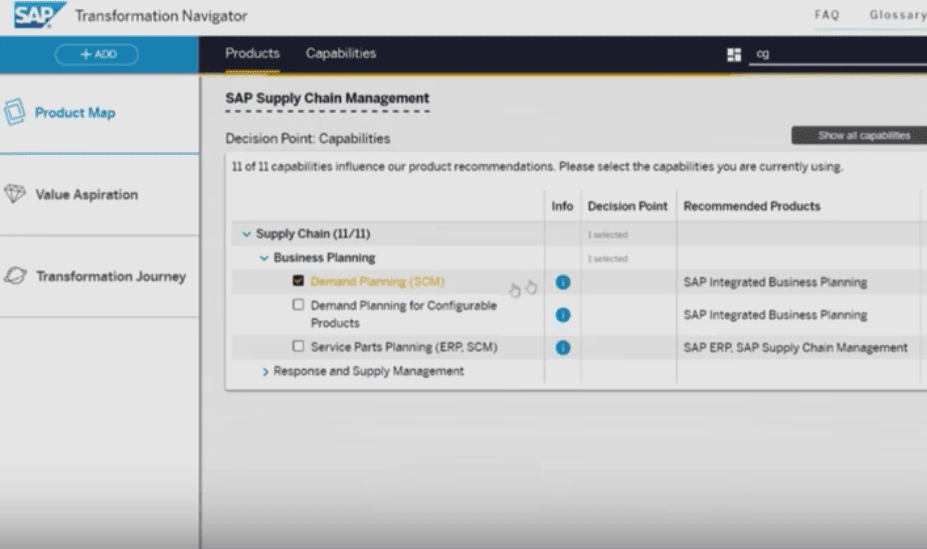How to Best Understand the SAP Digital Transformation Navigator
Executive Summary
- Digital transformation was adopted by software vendors and consulting companies that place the process as the desired outcome.
- Ding Ding Ding….we have a new Golden Pinocchio Award Winner!

Video Introduction: Term Digital Transformation
Text Introduction (Skip if You Watched the Video)
After analyzing various methodologies, tools, or assistive items offered by consulting companies and SAP, it is curious how often the item in question ends up being merely another way for the consulting company or SAP to get the customer to do what they want. SAP’s Rapid Development Solutions (as we covered in How to Best Understand SAP’s Faux RDS, turned out to be primarily a way to get customers to think they could implement SAP faster than was possible. The SAP ASAP Methodology (which we cover in Did SAP ASAP Methodology Ever Reduce Project Timelines?) was primarily intended to do the same thing. Neither of these items had any positive effect on projects and most likely worsened projects by creating unrealistic expectations. You will learn how SAP uses the term digital transformation to confuse their customers.
Our References for This Article
If you want to see our references for this article and other related Brightwork articles, see this link.
Notice of Lack of Financial Bias: We have no financial ties to SAP or any other entity mentioned in this article.
Why Digital Transformation is a Term of Propaganda
It should be noted that the term digital transformation is a meaningless term as applied to modern IT projects, which we cover in the article The Problem with Digital Transformation and Modern IT Projects. The reason is that the term digital transformation applies to a change that occurs when something is first converted from non-digital to digital. You can’t use the term for a movement between two processes that are both digital. So we are beginning this journey with what is a term of propaganda. The definition of which is a term that allows the user to present unsupported assumptions to the listener.
Enter SAP’s Digital Transformation Manager
The following video explains the Digital Transformation Manager.
Interesting actions of note are the following:

Here the “Open Decision” under the category of Supply Chain Management is that what the customer uses is not the recommended solution from SAP.

Once the previous screen’s Open Decision button is selected, one is taken to this screen, where the customer is allowed to choose between the Public Cloud and On Premises. If the user selects, then they are taken to the following screen.

Here the customer is using SAP Demand Planning today, but SAP recommends SAP Integrated Business Planning or IBP.
Well, that seems so simple, but that is a huge decision with many cost implications. SAP DP happens to be an application that few companies get very much value out of. Here are some essential features that the DT Navigator will not tell you.
- IBP is still not widely implemented.
- IBP has maturity issues.
- IBP does not have the same functionality as SAP APO, so one cannot merely say “migrate to IBP.”
Naturally, SAP would like companies to move to their newest software, but SAP DP never met any of its claims that SAP set forth. Another option would be to either replace DP with a non-SAP application or augment DP with a non-SAP application. Those are real options, which we have covered in great detail in separate articles. However, the more the customer uses the DT Navigator, the less they will be likely to ask those questions. In this way, the DT Navigator can be seen as an anti-decision making tool.
The DT Navigator is designed very simply to get customers to do precisely what SAP wants them to do.
The DT Navigator for Saving Money on SAP Consultants?
Is there a way to derive value from the DT Navigator?
We think there might be.
After the video, it is stated that the DT Navigator is designed for both customers and partners. So consulting partners will use the DT Navigator to come up with what they should tell customers to do. SAP consulting companies don’t do much else when it comes to advice but repeat what SAP says. If one views the DT Navigator as simply SAP’s official position on products (that not that the DT Navigator necessarily contains 100% truthful information), then a customer could use the DT Navigator. This is to cut out the middleman to pay an SAP consultant to tell them what they can find from the DT Navigator.
Ding Ding Ding!

SAP’s Digital Transformation Navigator receives our Golden Pinocchio Award for extreme deception. You would have to be a twit to take the DT Navigator seriously.
Conclusion
The SAP Digital Transformation Manager is a sales tool designed to get the customer to do more of what SAP wants. It is presented under the cloak of providing a clear and easy tool. But has as an essential built-in assumption that the user accepts the information presented as “recommendations” and that SAP’s only motivation for providing this tool is to “help their customers!”
One should be suspicious of the information supplied by software vendors or consulting companies that are only introduced to help the customer.
The pure SAP marketing message is delivered to the Digital Transformation Manager. For example, SAP IBP is still very lightly installed — and requires purchasing HANA, which comes with several negative issues and being the most expensive database among all of the options in the category.
Perhaps not surprisingly, these details are left out of the SAP Digital Transformation Manager.
But the DT Navigator can add value to customers, but primarily to reduce the number of hours billed by SAP consultants to repeat what SAP tells them.